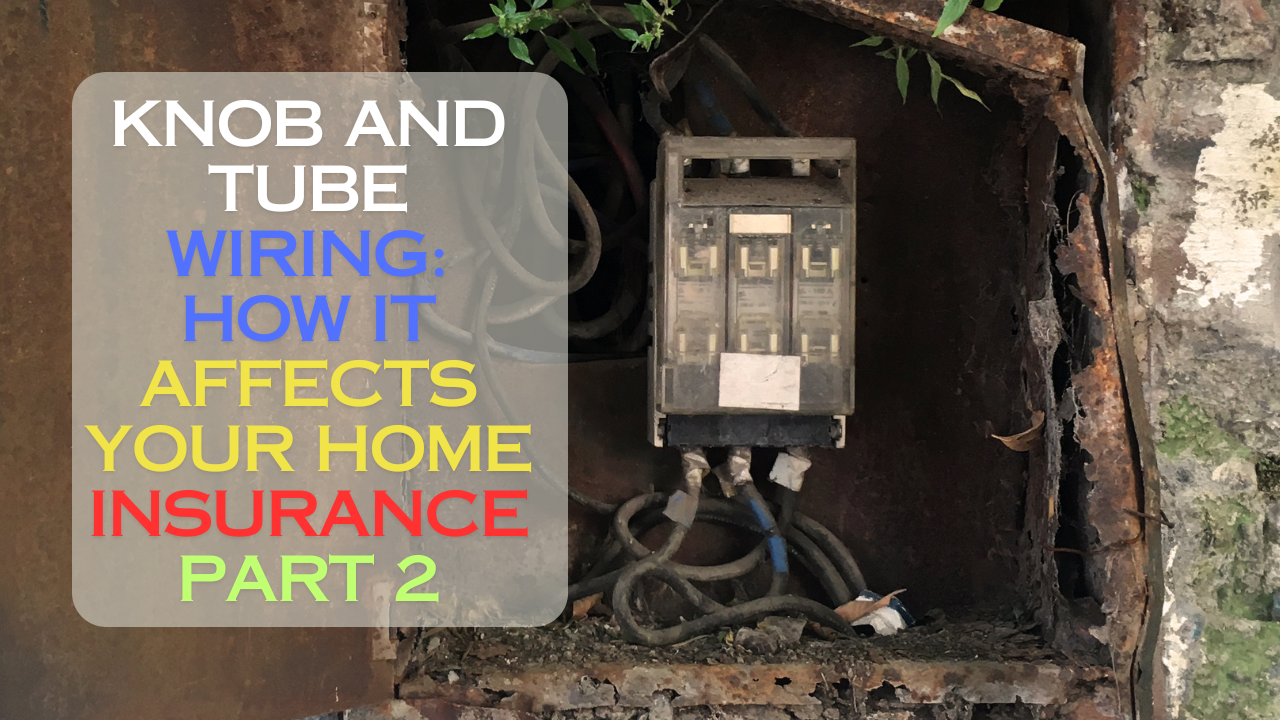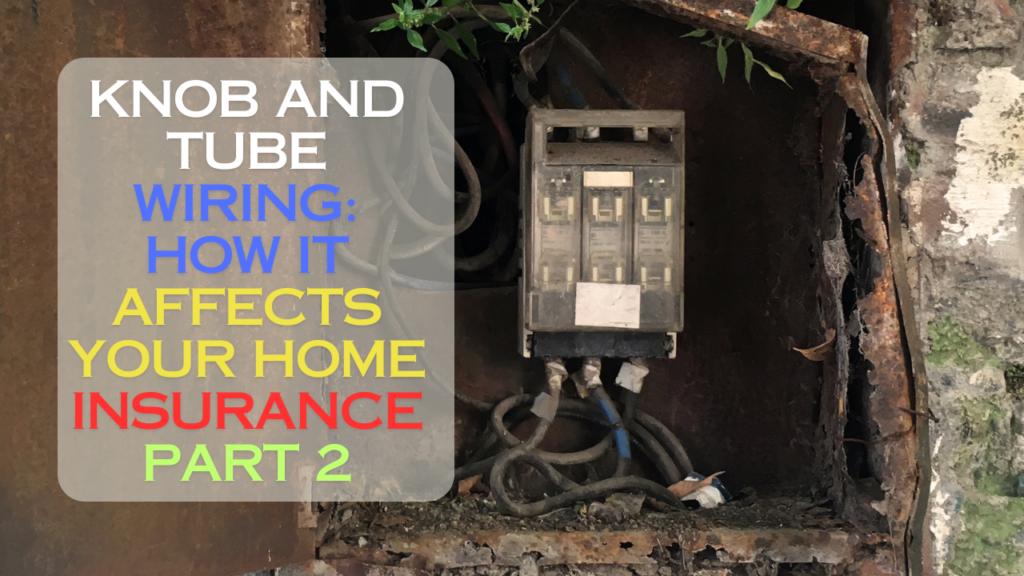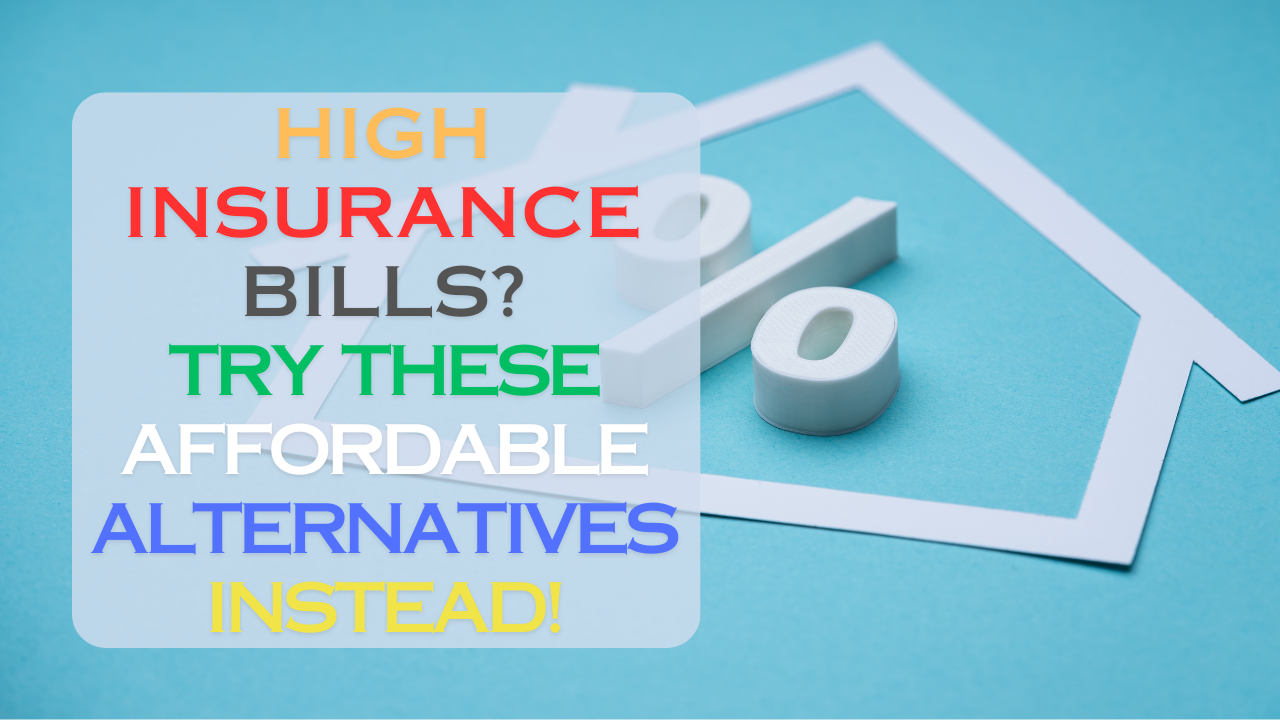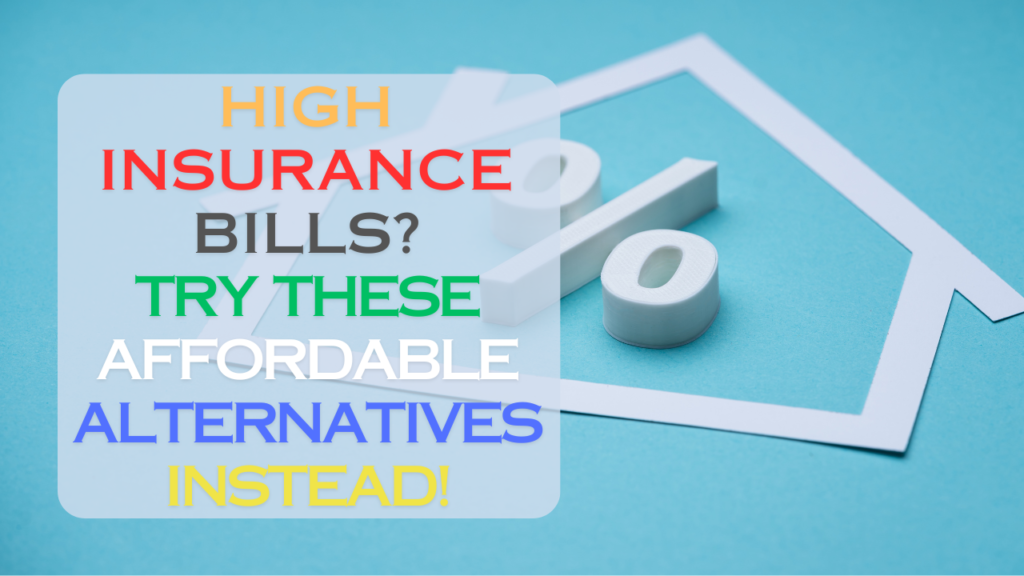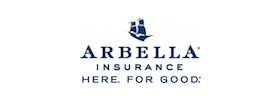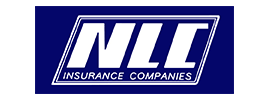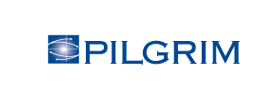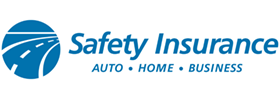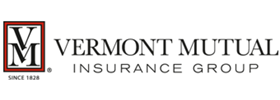Is Your Business Adequately Protected Against Rising Flood Waters?
Did you know that rising floodwaters could really mess up your business? It’s important to check if you need more protection against floods.
Flood Zone
First off, figure out if your business is in a flood zone. If it is, you might have to get flood insurance. But even if you’re not in a flood zone, it’s smart to see if you’re still at risk of flooding. Just a little water can cause a ton of damage, and you don’t want to be caught off guard.
One way to find out if you’re at risk is to get an insurance inspection done on your property. They can tell you if you need to worry about floods sneaking up on you.
Think about how much your property is worth. If you’re in an area that sometimes gets heavy rain, having flood protection could be a lifesaver. It’s like a safety net for your business. If floods ever wreck your place, flood coverage will help pay to fix it up again.
And as you’re business grows, you might need even more flood coverage. As your property gets more valuable, it’s important to make sure you’re still protected against floods.
But don’t worry too much. There are things you can do to lower the chances of a flood messing up your business. Like making sure your land is level or getting some fancy drainage stuff installed. These things can help keep the water away when the rain starts pouring.
Local Independent Insurance Broker
Now that you know a bit more about flood protection, it’s time to talk to one of our Vargas & Vargas Insurance agents. They can hook you up with the right kind of commercial flood insurance to keep your property safe. So don’t wait! Get in touch and make sure your business is ready for whatever Mother Nature throws its way.
When it comes to protecting your business from potential flooding, there are several important factors to consider. First and foremost, it’s essential to determine whether your business is located in a flood zone. This information can often be obtained from local government agencies or through a professional assessment conducted by an insurance agent. If your business is indeed situated in a flood-prone area, obtaining flood insurance is typically a wise investment to safeguard against potential financial losses in the event of a flood-related disaster.
However, even if your business is not located in a designated flood zone, it’s important to assess the risk of flooding based on factors such as proximity to bodies of water, drainage patterns, and historical weather data. Climate change and other environmental factors can also influence flood risk, making it essential for businesses to stay informed and proactive in their approach to flood preparedness.
Value
In addition to assessing flood risk, business owners should also consider the value of their commercial property when determining the need for flood protection. Properties with high monetary value may benefit significantly from having adequate flood insurance coverage, as the cost of repairs or replacements in the event of flood damage can be substantial. Furthermore, as businesses grow and expand, the value of their property may increase, necessitating adjustments to their insurance coverage to ensure adequate protection against potential flood-related losses.
Mitigation Efforts
Mitigation efforts such as landscaping modifications, drainage system improvements, and structural reinforcements can also help reduce the impact of flooding on commercial properties. By taking proactive measures to minimize flood risk, businesses can not only protect their physical assets but also mitigate potential disruptions to operations and financial stability.
Ultimately, the decision to purchase flood protection for your business should be based on a thorough assessment of risk factors, property value, and potential mitigation strategies. By working with the knowledgeable insurance professionals at Vargas & Vargas Insurance and taking proactive steps to mitigate flood risk, businesses can better protect themselves against the financial and operational impacts of flooding and ensure their long-term resilience and success.



